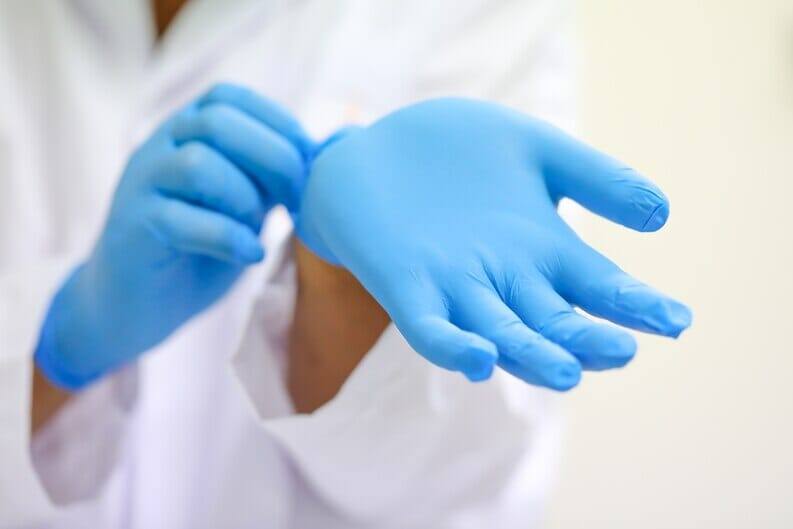
Glove Hygiene Practices for First Responders: Lessons from Infection Prevention
First responders, the dedicated individuals who rush to the scene of emergencies, play a crucial role in protecting and saving lives. Whether it's a medical emergency, a natural disaster, or a hazardous materials incident, their quick and skillful actions can make all the difference. Among the essential tools at their disposal, disposable gloves stand out as a vital line of defense. However, simply wearing gloves isn't enough. First responders must also adhere to proper glove hygiene practices to ensure their effectiveness and minimize infection risks. In this article, we'll explore the importance of glove hygiene for first responders and the lessons we can draw from infection prevention experts.
- Gloves as a Barrier
Gloves serve as a protective barrier between first responders and potentially harmful substances, including bodily fluids, chemicals, and debris. They are essential for minimizing the risk of cross-contamination and infection transmission. However, it's essential to recognize that gloves are not a foolproof shield on their own. They are a complement to, not a substitute for, proper hand hygiene.
- Hand Hygiene
Proper hand hygiene is the foundation of infection prevention. Before donning gloves, first responders should thoroughly wash their hands with soap and water. After glove removal, handwashing is equally critical. Clean hands are essential both before and after glove use to prevent the spread of contaminants.
- Glove Selection
Selecting the right type of gloves is crucial. First responders should consider the specific needs of the situation when choosing gloves. Nitrile, latex, and vinyl gloves are common choices, with each offering its own advantages. Factors such as allergies, the nature of the emergency, and the intended use should inform the selection process.
- Proper Glove Removal
Improper glove removal is a common source of contamination. First responders should be trained in the correct technique for glove removal to minimize the risk of contact with potentially hazardous materials. Techniques like the "glove-in-glove" and "skin-to-skin" methods are recommended to prevent touching the contaminated exterior of the gloves during removal.
- Change Gloves Appropriately
Gloves should be changed between different tasks or patient interactions. Wearing the same pair of gloves for multiple tasks can lead to cross-contamination. Frequent glove changes are a small but vital step in maintaining a clean and safe environment.
- Avoid Touching the Face
First responders should avoid touching their face while wearing gloves. It's easy to forget that gloves are not a second skin, and face-to-glove contact can lead to pathogen transfer. Refrain from adjusting eyewear, scratching the face, or engaging in any other activity that could lead to face-to-glove contact.
- Proper Glove Disposal
Used gloves should be disposed of in designated waste bins. Disposable gloves should never be reused. Additionally, first responders should avoid touching potentially contaminated surfaces with their gloved hands.
Glove hygiene is an essential component of infection prevention for first responders. While gloves provide a crucial barrier against contamination, their effectiveness relies on proper use and hygiene practices. First responders should remember that gloves are just one part of the infection prevention puzzle. Rigorous hand hygiene, appropriate glove selection, safe glove removal, and disposal are all essential elements of a comprehensive strategy to protect both themselves and the individuals they are assisting.
The lessons learned from infection prevention experts continue to shape best practices in the field of emergency response. By embracing these lessons and prioritizing glove hygiene, first responders can contribute to safer emergency scenes and reduce the risk of infections. Ultimately, proper glove hygiene practices not only safeguard the well-being of first responders but also ensure that they can continue their vital work of saving lives and protecting communities.
Leave a comment